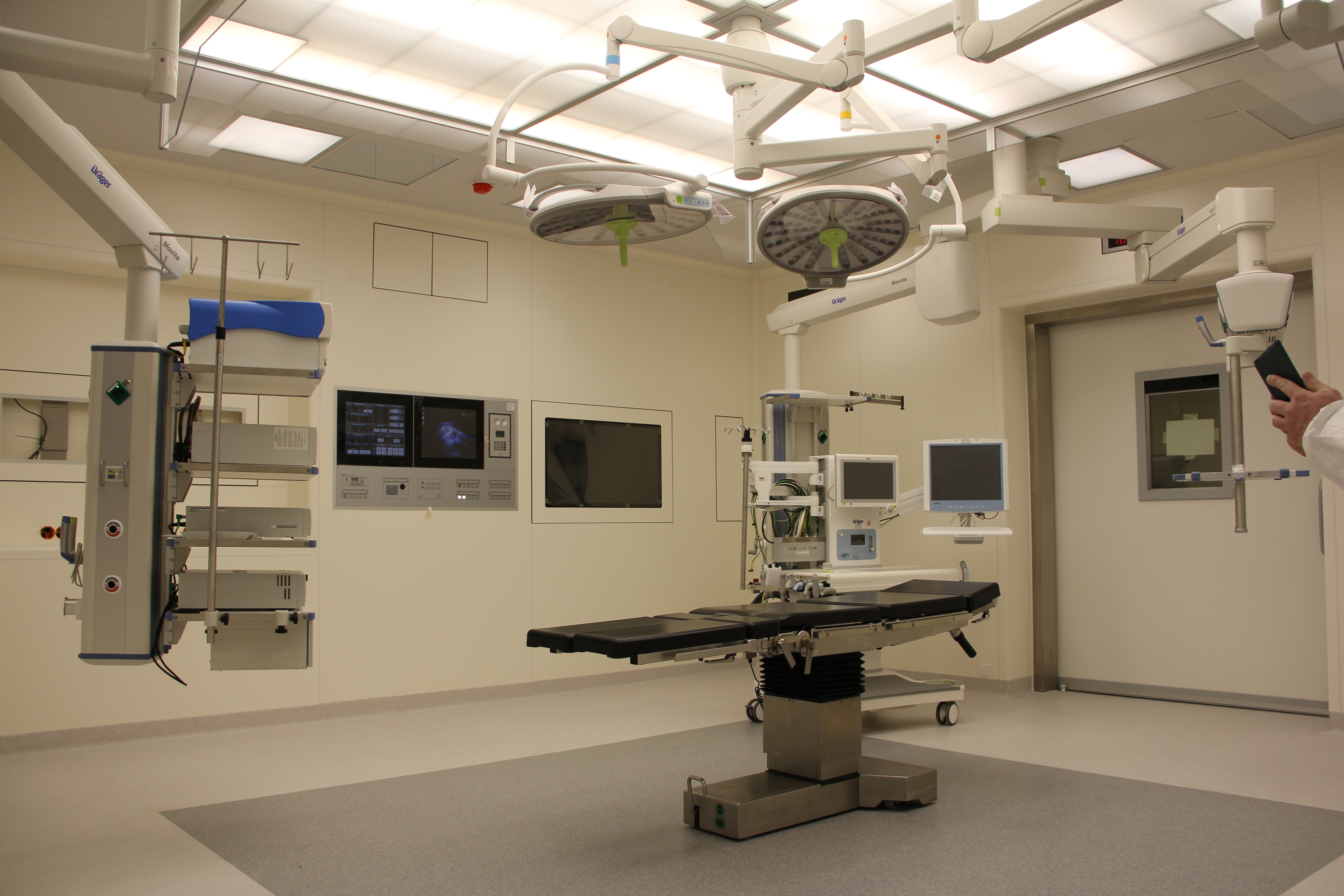As technology continues to reinvent itself, many industries related to it are also constantly changing. Such of those industries include cosmetic surgery. The pressing need to improve practices in plastic surgery motivates researchers, doctors, and other health professionals to contribute to developing new technologies under this industry.
Current state of plastic surgery
According to well-known plastic surgeon Tampa Dr. Edward Farrior, the state of plastic surgery in the US is continuously evolving. He has seen developments in surgery simulation, where doctors can practice hypothetical cases and receive areas of improvement with immediate results.
Aside from this, the competencies for surgeons under cosmetic specialization has dramatically increased. Studies revealed that more than half of the doctors desire to seek additional studies to help improve their skills in aesthetic and burn surgeries.
If you are considering to have a cosmetic procedure but are unsure of the results that it may bring, plastic surgeon Tampa Dr. Farrior provides some insight. In this post, he will be discussing how technology is continuously improving the plastic surgery industry.
How Technology is Changing the Plastic Surgery Industry
Integrated training models for practitioners
The conventional subspecialty training for doctors in plastic surgery includes 2-3 years of formal training and satisfactory completion in general surgery or other related training programs. With the integrated training model, residents are required to undergo 5-6 years under the supervision of a plastic surgery director.
Dr. Farrior states that this integrated model of training can help new residents achieve a higher level of competency with direct supervision. He believes that continuous education of plastic surgeons can help improve their skills and maintain the best practices.
Computerized planning
Another great milestone for the plastic surgery industry is the use of computerized planning. Conventionally, doctors would only rely on pictures and body profiles of clients. With the help of technology, patients can now undergo a CT scan followed by a potential post-operative result through the use of a computer.
This provides surgeons with additional insight on how to perform the operation. As common problems often in cosmetic procedures when clients are not satisfied with the end result, computerized planning provides doctors with the opportunity to manage expectations. This is a process that also integrates the patient’s anatomy prior to the surgical procedure.
Improved tissue reconstruction
A breakthrough found by scientists in the Universit of Birmingham, the current state of research showed that tissue can be regenerated by using cell-derived nano-particles called vesicles.
Now, scientists are able to mimic tissue culture by extracting vesicles in the human body and grow this tissue for reconstructive surgery. This is extremely helpful for patients who have burn injuries, cancer, or other condition that require tissue repair.
At this point, the technology is in its infancy stages. However, this is a giant step in plastic surgery as it could help patients have reconstructive procedures without extracting tissue from another part of the body.
Robotics as a part of the operational procedure
Dr. Farrior also discussed the idea of robotics in the field of plastic surgery. Robots are known to be precise with fine motor movements which are required for high-quality results. With the help of technology, plastic surgeons can now have robot assistants that would help them complete procedures that require minute precision.
Accuracy in surgery can help lessen nerve damage, blood-related complications, and increase customer satisfaction when it comes to aesthetics.
Dr. Farrior believes that plastic surgery is on an upward incline. As more people desire to feel confident and happy about their bodies, new technologies will rise to help shape the field of cosmetic procedures

